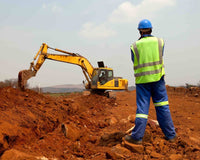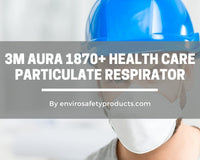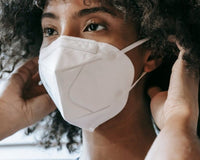Winter Safety

During emergency response activities or recovery operations, workers may be required to work in cold environments, and sometimes for extended periods. Cold stress is a common problem encountered in these types of situations. Enviro Safety Products has cut the prices on some of our most popular winter safety gear. Check out the savings now! The following will help workers understand what cold stress is, how it may affect their health and safety, and how it can be prevented.
How cold is too cold? According to OSHA, when the body is unable to keep itself warm, cold induced stress may result. Tissue damage and death are possible outcomes if precautions are not taken. Air temperature, wind speed, moisture in the air, and contact with cold water or surfaces all increase the possibility of greater damage.
How does the body react to cold conditions? When in a cold environment, most of your body's energy is used to keep your internal temperature warm. Over time, your body will begin to shift blood flow from your extremities (hands, feet, arms, and legs) and outer skin to the core (chest and abdomen). This allows exposed skin and the extremities to cool rapidly and increases the risk of frostbite and hypothermia. Combine this with cold water, and trench foot may also be a problem.
Protective clothing is the best precaution to avoid injury due to cold. When working in cold weather, wear the proper clothing. Three layers works best with the outer layer protecting the worker from wind and rain while still allowing some ventilation. Wear a hat or hood and insulated footwear.
Drink plenty of liquids, avoiding caffeine and alcohol. It is easy to become dehydrated in cold weather. If possible, heavy work should be scheduled during the warmer parts of the day. Take breaks out of the cold. Try to work in pairs to keep an eye on each other and watch for signs of cold stress. Avoid fatigue since energy is needed to keep muscles warm. Take frequent breaks and consume warm, high calorie food such as pasta to maintain energy reserves.



